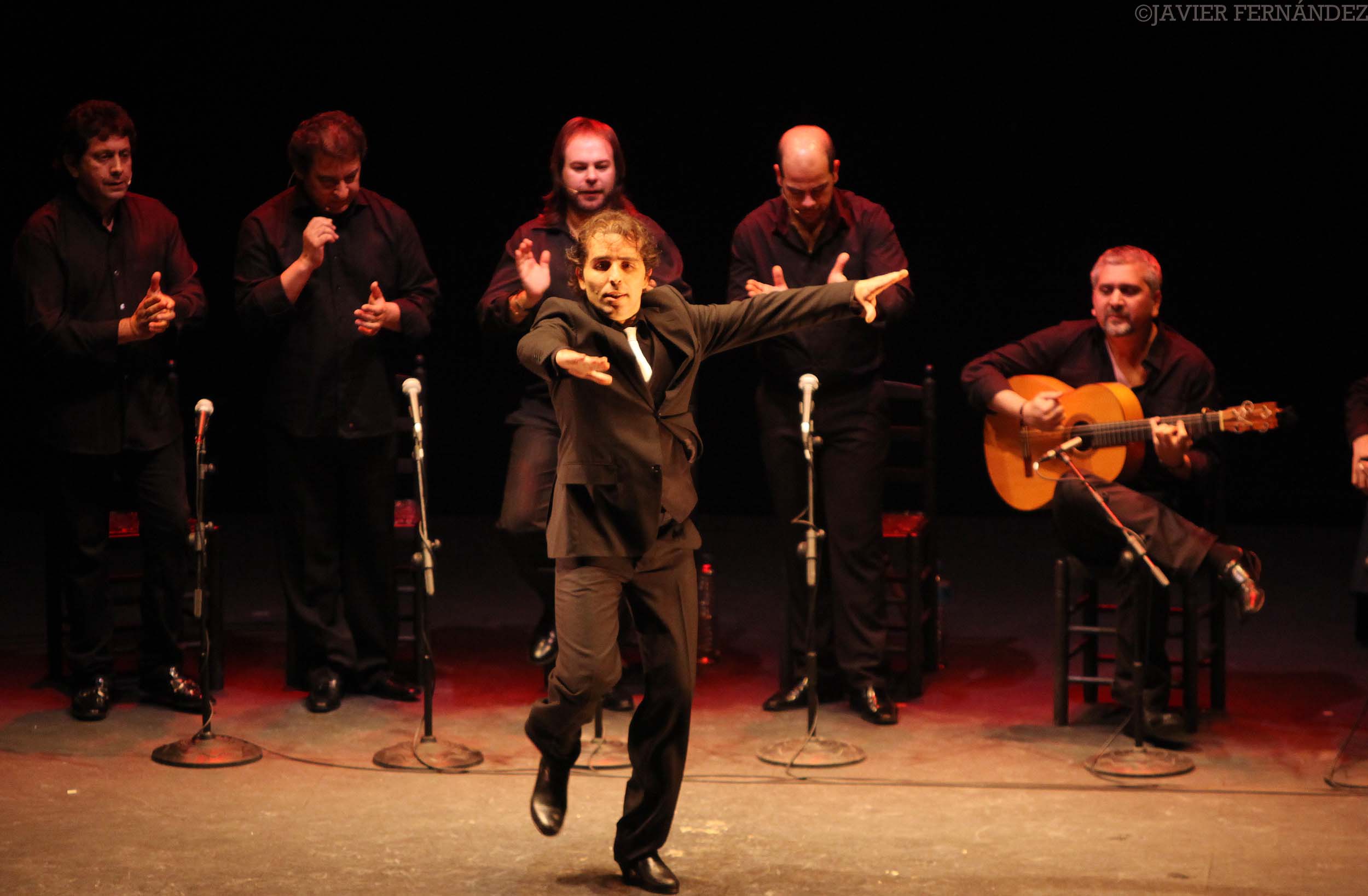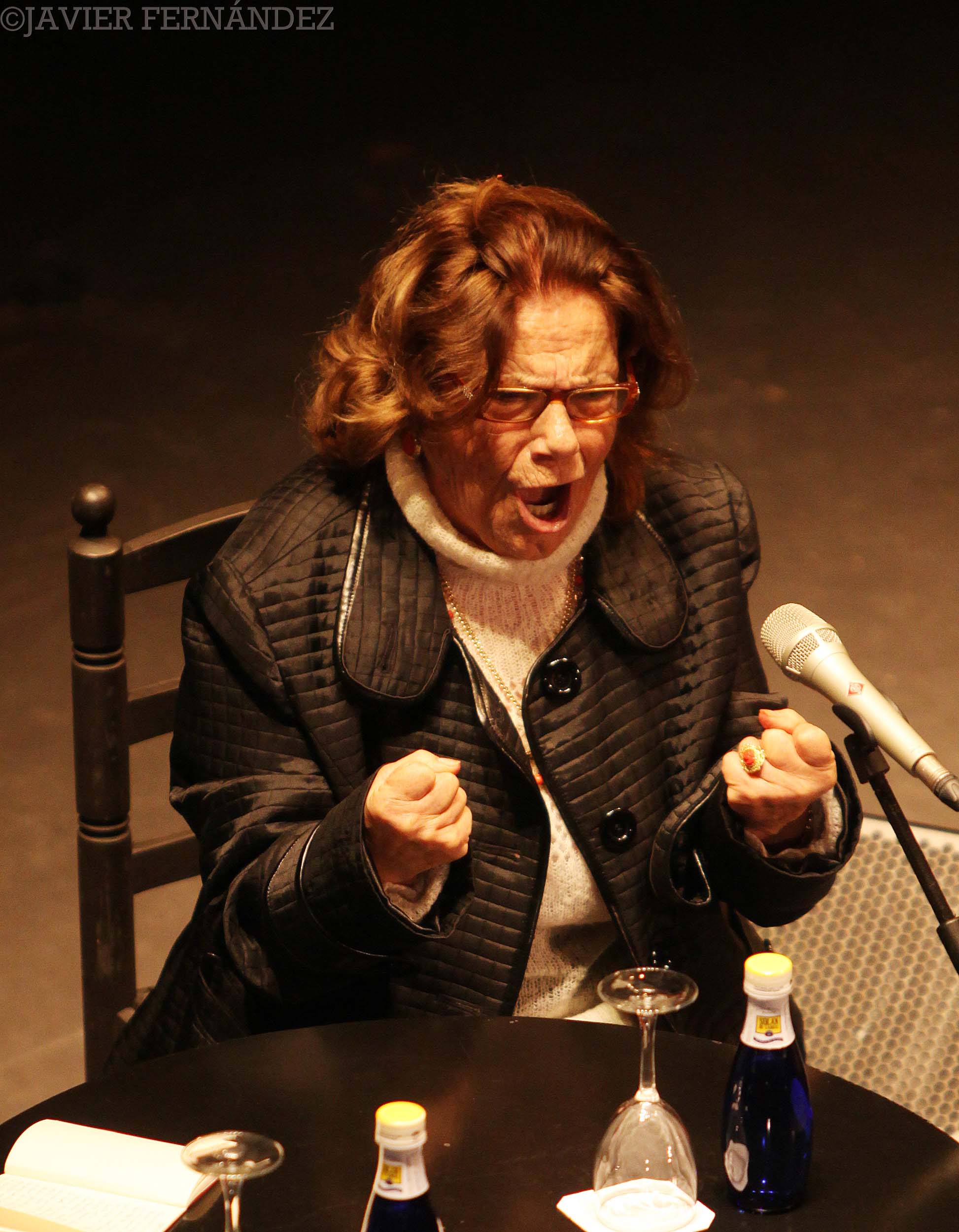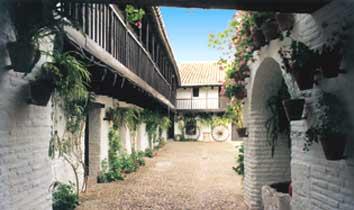It’s a landmark in maestro guitarist Paco de Lucía’s personal history, and also for flamenco history. On May 8th, this internationally renowned artist will be vested as Doctor Honoris Causa by the Berklee Collage of Music, a private university in Boston, Massachussets (USA). Those responsible for awarding this great academic distinction believe that “his music and artistic vision has influenced several generations of musicians and have contributed to the transmission of flamenco to an international public”. Francisco Sánchez Gómes, known artistically as Paco de Lucía, was born in Algeciras (Cádiz) in 1947, where his internationally renowned career began decades ago, when flamenco was no longer a music for private parties and began to be performed in tablaos around Spain and throughout the world. Paco de Lucía’s tremendous success isn’t due solely to his work as a flamenco guitarist, but also because he has influenced other styles of music, and this award in particular has expanded his sphere of influence from the purely musical and comercial to the academic, wrapping this flamenco musician’s work in a nimbus of respect even more grandiose than before. The son of a Spanish father and a Portuguese mother, this is not the first distinction De Lucía has received. In Spain, he has received every award an artista could deesire: National Flamenco Art Prize for Guitar, Gold Medal for Merit in the Fine Arts, Honorary Distinction in the Music Awards, Prince of Asturias Prize for the Arts and Doctor Honoris Causa from the University of Cádiz. |
This corral in Cordoba, which dates back to the XV century, has inspired literary passages in works of such historical importance as Miguel de Cervantes Don Quijote. It is a typical residential quarter that was used as a lodge from the date of its construction through 1972. Its traditional architecture, build around a central patio, from which two floors of rooms radiate, had made this Cordoban building a monument of touristic value that transports visitors to a time of knights and armor. Cordoba’s City Hall has now ordered the Posada’s restoration, respecting the building’s essence but offering visitors the added value of making turning it into the Casa del Flamenco- Centro ‘Fosforito’. The first floor will now be the the Center for Flamenco Performance, which includes five studios, one of which is dedicated entirely to the distinguished singer from Puente Genil, Antonio Fernández ‘Fosforito’, the adoptive son of Cordoba. There, Fosforito fans will find personal objects that belonged to the singer, photographs, album covers and recordings. |

|
The Alboreá is one of the least known palos outside of flamenco circles, and for this reason, it is a small treasure that flamenco newcomers discover with avid ears. The alboreá is generally sung in couplets of four verses with six syllables and a chorus with a timing similar to that of a light solea or solea por bulerías, and its particularity is its intimacy and the part that it plays in gypsy weddings. Its externalization is sometimes considered a profanation of this palo reserved for nuptials, making its popularization harshly criticized. The lyrics of the alboreá normally reference the virginity of the bride and the calé tradition. Its performance outside of the family was thought to bring bad luck, so very few recordings exist. Some of the singers that have performed the alboreá are Rafael Romero, Agujetas el Viejo and Joselero. Their performance of this palo is pure, racial and gruff. |

To close the Con Nombre Propio: Vivencias cycle, Encarnación Marín “La Sallago” was interviewed by the journalist Alberto García Reyes, a flamenco writer for the ABC newspaper. Marín is one of flamenco’s living legends. At the age of 91, she has no problem showing off her jovial side as a singer who has lived unforgettable artistic experiences.
From an early age, Marín exhibited an innate artistic talent, which let her to tour Spain with her prodigious voice and share stages with the biggest names in flamenco history: Pepe Pinto, Nina de los Peines, Caracol, El Perrate, La Paquera and Camarón. Her career is one of the longest lasting in flamenco history.
Rafael Estévez and Nani Paños, return to Jerez with their company Dos Pormedio and the show “Sonata,” a production that debuted two years ago with which their intention is to recuperate this modality, danced for the first time in 1952, like the Escuela Bolera solo, by Antonio el Bailarín in the film “Duende y Misterio del Flamenco” by Edgar Neville.









































 Wholesalers/Stockists
Wholesalers/Stockists Contact
Contact





